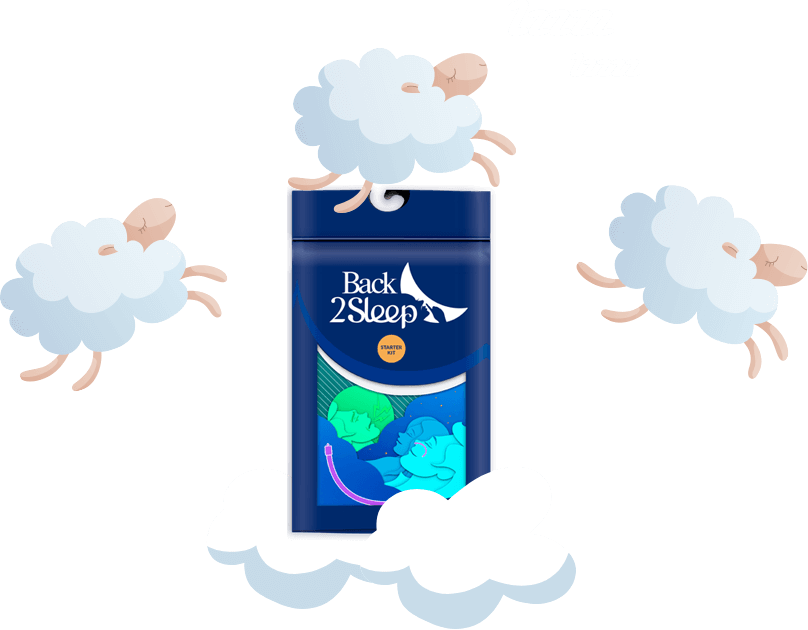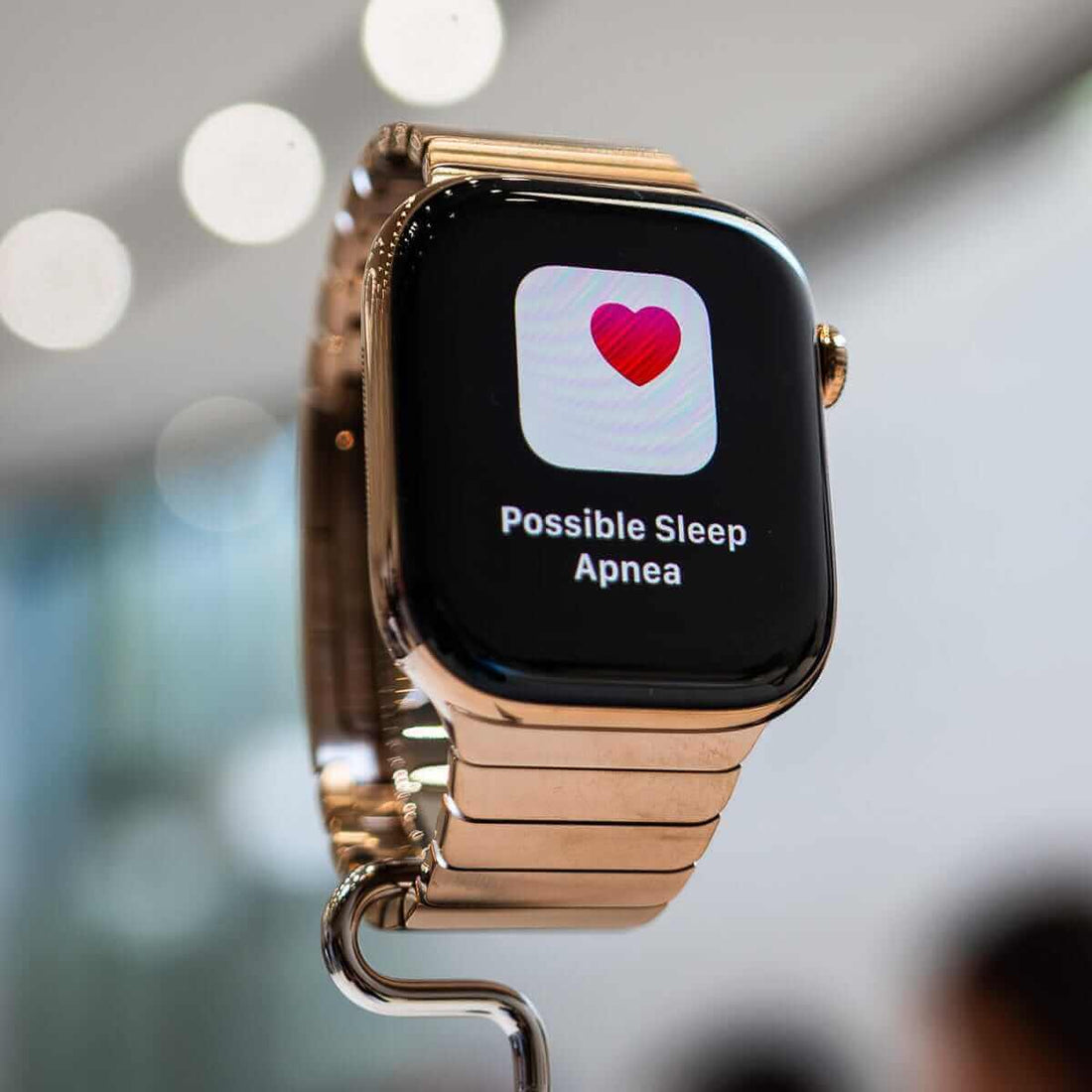Can Apple Watch Detect Sleep Apnea? Your Complete 2025 Guide to Smart Sleep Monitoring
Discover how FDA-approved technology detects sleep apnea with 89% accuracy for severe cases, plus proven solutions to reclaim your restful nights
Can Apple Watch detect sleep apnea? Yes—and the answer could transform your sleep health. With FDA clearance received in September 2024, the Apple Watch now offers a revolutionary screening tool that detects moderate to severe sleep apnea with 89% accuracy for the most serious cases. According to global studies, an estimated 425 million adults aged 30–69 suffer from obstructive sleep apnea worldwide, yet 80% remain undiagnosed. This comprehensive guide reveals how Apple's breakthrough technology works, its clinical validation results, and how combining it with proven solutions like the Back2Sleep® nasal stent creates a complete path to better sleep.

Let's be honest—getting a good night's sleep isn't always easy, and for those dealing with sleep apnea, it can feel downright impossible. But modern technology, particularly the Apple Watch, is revolutionizing how we monitor and detect sleep disorders. While it's not a medical device for diagnosis, it's packed with impressive technology that could help you better understand your sleep patterns and guide you towards proper medical care.
Why Apple Watch Sleep Apnea Detection Matters
🎯 FDA-Cleared Accuracy
Clinical validation shows 89% accuracy for detecting severe sleep apnea cases, with nearly 0% false positives to avoid unnecessary anxiety.
📊 Continuous Monitoring
Tracks breathing disturbances over 30 days in your natural sleep environment, capturing patterns a single-night sleep study might miss.
💰 Cost-Effective Screening
At $399-$799, provides ongoing monitoring versus $150-$3,000 for one-time sleep studies, potentially catching issues early before complications arise.
🏥 Medical-Grade Data
Generates detailed PDF reports you can share with doctors, using advanced accelerometer technology validated in clinical trials with 1,500 participants.
The Science Behind Apple Watch Sleep Apnea Detection
Your Apple Watch isn't just counting steps and telling time—it's actually a sophisticated health monitoring device that received FDA 510(k) clearance in September 2024. During those precious hours of sleep, it quietly gathers data about how well (or not so well) you're resting using cutting-edge peripheral arterial tone (PAT) technology.
Compatible Models: The sleep apnea detection feature is available on Apple Watch Series 9, Series 10, and Ultra 2 with the latest watchOS update. If you own an older model, you won't have access to this FDA-cleared feature.
How the Technology Actually Works
Unlike traditional sleep studies that use chest bands and nasal airflow sensors, the Apple Watch relies on a technique called peripheral arterial tone (PAT) detection. Here's the fascinating science:
- The 3D accelerometer is sensitive enough to detect tiny wrist movements that correspond with breathing
- When you stop breathing during sleep (an apnea event), your body experiences a surge in sympathetic nervous system activity
- This causes subtle changes in arterial volume that create detectable wrist movements
- The watch's algorithm analyzes these movement patterns to identify breathing disturbances over a 30-day monitoring period
Important Note: Due to an ongoing patent dispute, the blood oxygen feature is currently disabled on some Apple Watch models. However, the sleep apnea detection feature works independently using accelerometer data only—no blood oxygen sensor required.
What Your Apple Watch Tracks During Sleep
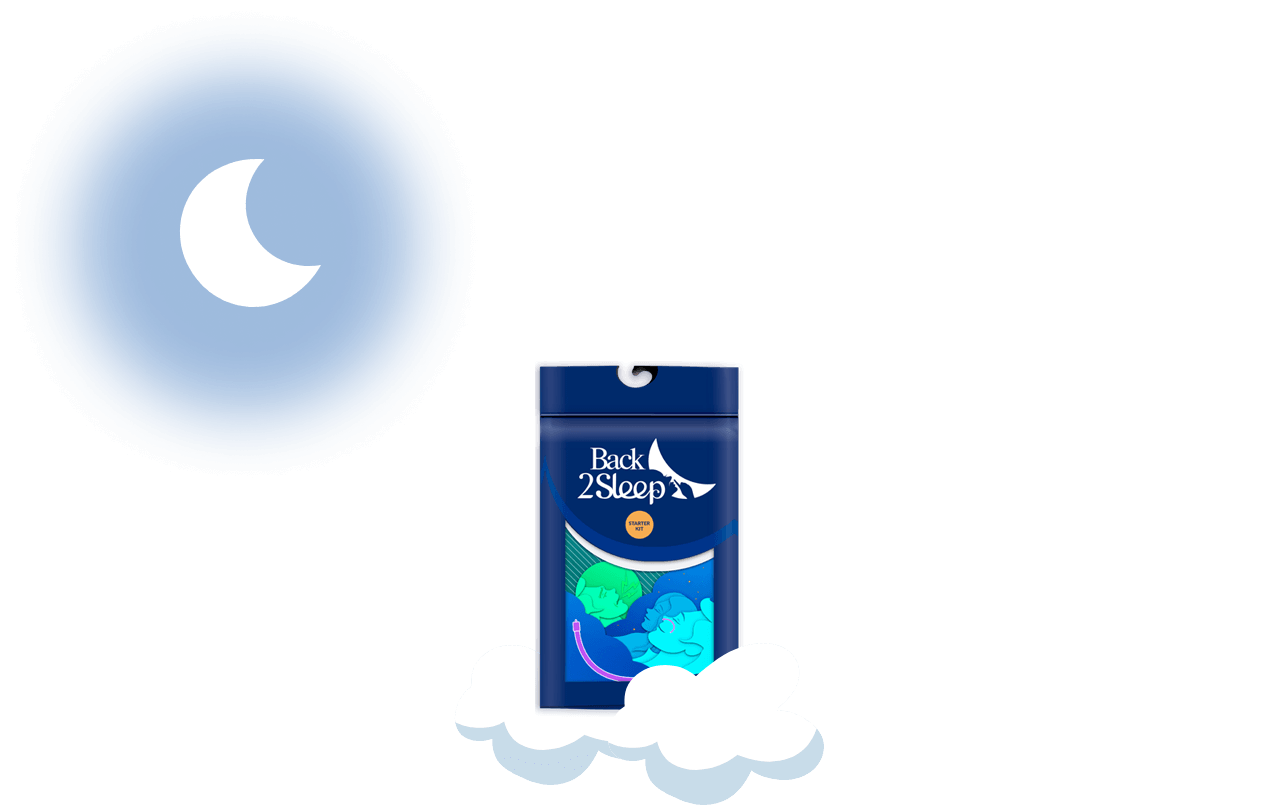
Breathing Disturbance Monitoring (The Key Feature)
- Uses advanced accelerometer technology to detect subtle wrist movements that correlate with breathing interruptions
- Tracks your breathing patterns throughout the night without requiring blood oxygen sensors
- Measures breathing disturbances over a 30-day period (requires at least 10 nights of data)
- Classifies each night as "elevated" or "not elevated" for breathing disturbances
- Sends you a notification if consistent signs of moderate to severe sleep apnea are detected
Heart Rate & Sleep Architecture
- Monitors your heartbeat throughout the night, detecting unusual rhythms that may indicate breathing disturbances
- Tracks heart rate variability patterns associated with apnea events
- Records how much deep sleep you're getting and analyzes sleep architecture
- Monitors disruptions and tracks how often you wake up during the night
"My Apple Watch alerted me to potential sleep apnea after 28 nights of monitoring. I followed up with a home sleep test that confirmed moderate sleep apnea. Now I'm using the Back2Sleep® nasal stent and sleeping better than I have in years!"
How Accurate Is Apple Watch for Sleep Apnea?
Your Apple Watch is like having a very attentive friend watching over your sleep—it notices patterns and changes, but it's not quite a doctor. But just how accurate is it? Let's look at the science.
| Severity Level | Detection Accuracy | What This Means |
|---|---|---|
| Severe Sleep Apnea | 89% | Highly reliable for detecting serious cases requiring immediate attention |
| Overall Detection | 66% | Detects sleep apnea (any severity) about two-thirds of the time |
| Moderate Sleep Apnea | 43% | Less sensitive for middle-range cases—may miss some moderate apnea |
| False Positives | ~0% | Rarely alerts healthy sleepers incorrectly—high specificity |
What This Means for You: If you receive an alert, you can be fairly confident it's real and warrants a conversation with your doctor. However, if you don't receive an alert but still experience symptoms like loud snoring, daytime fatigue, or gasping during sleep, you should still consult a healthcare provider. Learn more about sleep apnea symptoms and solutions.
What It Can and Can't Do
✅ Can Do:
- Track consistent patterns in your sleep over 30 days in your natural environment
- Notice unusual changes in breathing and heart rate with clinical accuracy
- Provide medical-grade data you can share with your doctor (including PDF reports)
- Alert you to potential concerns about moderate to severe sleep apnea
- Work continuously as part of your daily routine without clinic visits
❌ Can't Do:
- Replace a proper sleep study or provide an official diagnosis
- Provide medical treatment recommendations without professional consultation
- Detect mild sleep apnea with high accuracy (only 43% for moderate cases)
- Work for people under 18 years old (not validated for this age group)
- Diagnose central sleep apnea (focuses on obstructive sleep apnea only)
How to Set Up Apple Watch Sleep Apnea Detection

To get the most accurate sleep data from your Apple Watch, it's important to use it correctly and maximize its features. By optimizing both the setup and settings, you can ensure more reliable and meaningful insights into your sleep patterns.
Step-by-Step Setup Instructions
- Open the Health app on your iPhone
- Tap "Browse" then select "Respiratory"
- Select "Sleep Apnea Notifications" and tap "Set Up"
- Confirm you're 18 years or older and haven't been diagnosed with sleep apnea
- Follow the prompts to complete setup and start monitoring
Optimization Tips for Best Results
- Wear your watch snugly but comfortably—it needs good contact for accurate readings (about 1 finger width from your wrist bone)
- Keep the sensors clean by wiping the back regularly with a soft cloth
- Charge to at least 30% before bedtime—the watch will remind you if battery is low
- Wear for at least 10 nights within a 30-day period to generate meaningful data
- Enable Sleep Focus mode to minimize distractions and improve tracking accuracy
Understanding Your Results: Each night, your breathing disturbances are classified as "elevated" or "not elevated." Every 30 days, the algorithm analyzes your data. If you have consistently elevated breathing disturbances, you'll receive a notification with a detailed PDF report to share with your doctor.
Apple Watch vs. Other Sleep Apnea Wearables
The Apple Watch isn't the only wearable tracking sleep apnea. Here's how it compares to competitors and why combining technology with solutions like Back2Sleep® offers the most comprehensive approach.
| Device | Accuracy | Cost | Key Advantage |
|---|---|---|---|
| Apple Watch Series 9/10/Ultra 2 | 89% (severe), 66% (overall) | $399-$799 | Best ecosystem integration, continuous monitoring |
| Samsung Galaxy Watch | FDA-cleared (Feb 2024) | $250-$400 | First smartwatch FDA clearance |
| Oura Ring | Moderate (trends only) | $299-$549 + subscription | Most comfortable, 4-7 day battery |
| Withings Sleep Analyzer | High for breathing disturbances | $129 | No wearable needed, automatic tracking |
| Medical-Grade Home Test | Diagnostic quality | $150-$500 | Provides official diagnosis (AHI score) |
Bottom Line: The Apple Watch offers the best balance of accuracy, convenience, and integration for Apple ecosystem users. However, for a definitive diagnosis, a medical-grade home sleep test or in-lab study remains necessary. Visit our pharmacy partners for professional guidance.
What to Do If Your Apple Watch Alerts You

Received a sleep apnea notification from your Apple Watch? Here's your evidence-based action plan:
- Don't panic—the alert indicates a pattern worth investigating, not a definitive diagnosis
- Review your data in the Health app to see your breathing disturbances over the past 30 days
- Generate a PDF report by scrolling to "Export PDF" in the Health app
- Schedule a doctor's appointment and bring your PDF report for discussion
- Consider symptoms like loud snoring, daytime fatigue, morning headaches, or gasping during sleep
- Get a professional sleep study—your doctor may order a home sleep test (HST) or in-lab polysomnography
- Explore treatment options based on your diagnosis and severity level
Evidence-Based Treatment Options
If you're diagnosed with sleep apnea, several clinically validated treatments are available:
- Back2Sleep® Nasal Stent — CE-certified medical device with 92% effectiveness and over 1 million units sold. Soft silicone design prevents airway collapse, offering a comfortable alternative to CPAP for mild-to-moderate OSA. Starter Kit: €39 with 4 sizes for perfect fit.
- CPAP Machine — Gold standard for moderate to severe cases; delivers continuous air pressure to keep airways open
- Weight Loss — Often cures sleep apnea in overweight individuals (can reduce severity by 50-70%)
- Positional Therapy — Sleeping on your side instead of your back can reduce apnea events significantly
- Oral Appliances — Custom dental devices that reposition the jaw to keep airways open
- Lifestyle Changes — Avoiding alcohol before bed, quitting smoking, improving sleep hygiene
"After years of struggling with CPAP, I discovered Back2Sleep®. The nasal stent is comfortable, discreet, and actually works! My AHI went from 27 to under 10 in the first month. I can finally travel without lugging a CPAP machine."
Treatment Based on AHI Severity
Your doctor will recommend treatment based on your Apnea-Hypopnea Index (AHI) score:
- Mild (AHI 5-14): Lifestyle modifications, positional therapy, weight loss, or Back2Sleep® nasal stent
- Moderate (AHI 15-29): CPAP, oral appliances, Back2Sleep®, or combination approaches
- Severe (AHI 30+): CPAP is typically essential, with other treatments as needed
Real Experiences: Apple Watch + Back2Sleep® Success Stories
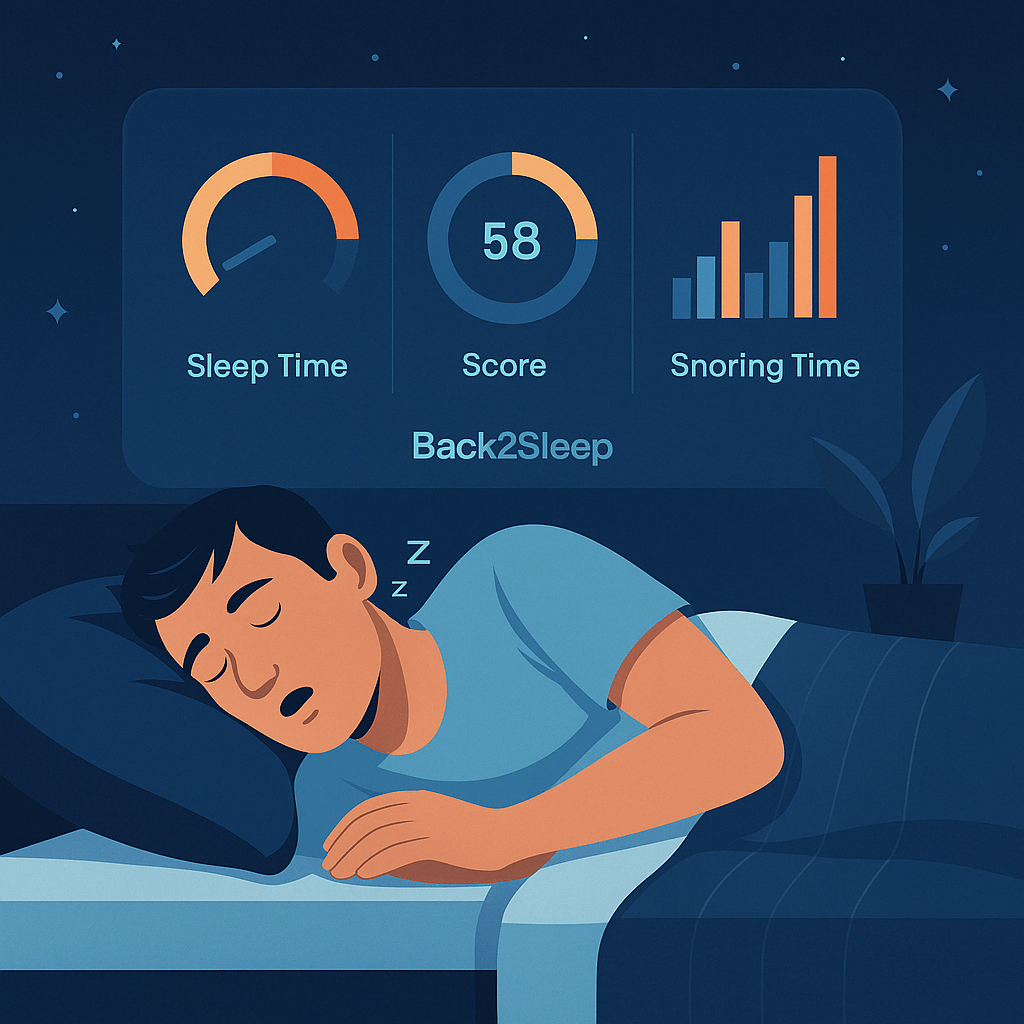
"My wife was almost wanting to sleep in a separate room because of my snoring. My Apple Watch alerted me to possible sleep apnea, and my doctor confirmed it. Instead of going straight to CPAP, I tried Back2Sleep® first. Now my wife can finally sleep peacefully!"
"I can't travel with friends because I'm worried about snoring—or at least I couldn't. After my Apple Watch detected breathing disturbances and I started using the Back2Sleep® nasal stent, I can now sleep on planes and buses without anxiety. It's changed my social life!"
"Since I can now sleep well, I feel less drowsy during the day. I can maintain my concentration during driving, which is crucial for my job. The combination of tracking with Apple Watch and treating with Back2Sleep® has been life-changing."
Why Back2Sleep® Works With Apple Watch Monitoring
- Clinically Validated: Over 92% effectiveness with immediate results from night one
- Comfort by Design: Soft, skin-friendly silicone, dermatologically tested with 4 sizes for perfect fit
- Discreet & Portable: No external components—practically invisible in use, perfect for travel
- Quick Results: Most users see improvement within 3-5 days of adaptation
- Cost-Effective: Monthly replacement at €35/month or €299/year (~€24.91/unit)
Frequently Asked Questions
Is the Apple Watch FDA-approved for detecting sleep apnea?
Yes, the Apple Watch received FDA 510(k) clearance in September 2024 for detecting irregularities in breathing disturbances that can be linked to moderate to severe sleep apnea. However, it still cannot diagnose the condition independently and should be used with professional medical advice. The feature is available on Apple Watch Series 9, Series 10, and Ultra 2.
How accurate is the Apple Watch at detecting sleep apnea?
According to Apple's clinical validation study with 1,500 participants, the watch detects sleep apnea with 66% overall accuracy. For severe cases, accuracy jumps to 89%, while moderate cases are detected about 43% of the time. The algorithm was specifically tuned to minimize false positives, with normal sleepers correctly identified 100% of the time.
How long do I need to wear the Apple Watch to get results?
You need to wear your watch to sleep for at least 10 nights within a 30-day period. The algorithm analyzes your breathing disturbances monthly. If it detects consistent elevated breathing disturbances during that time, you'll receive a notification with a detailed PDF report.
Does the Apple Watch use blood oxygen monitoring for sleep apnea detection?
No. Due to an ongoing patent dispute, Apple's sleep apnea detection feature relies only on accelerometer data to measure wrist movements associated with breathing disturbances. While some Apple Watch models have blood oxygen sensors, this data is not currently used in the sleep apnea algorithm.
What should I do if I receive a sleep apnea alert?
Export the PDF report from your Health app (which includes 3 months of data), schedule an appointment with your doctor, and discuss your symptoms and watch data. Your physician will likely order a home sleep test (HST) or in-lab polysomnography to confirm the diagnosis. Consider exploring sleep health resources for additional guidance.
Can I use Back2Sleep® instead of CPAP?
For mild-to-moderate obstructive sleep apnea, many users successfully use the Back2Sleep® nasal stent as an alternative to CPAP. With 92% effectiveness and CE certification, it offers a comfortable, portable solution. However, severe cases (AHI 30+) typically require CPAP. Always consult your healthcare provider to determine the best treatment for your specific situation. Learn more about our medical approach.
How much does Back2Sleep® cost compared to CPAP?
Back2Sleep® Starter Kit: €39 (includes 4 sizes, lubricant, manual for 15-night trial). Monthly subscriptions are €35/month with free delivery, or €299/year (~€24.91/unit). In contrast, CPAP machines cost $500-$1,200 upfront plus ongoing maintenance, masks, and supplies. Back2Sleep® offers significant savings for mild-to-moderate cases.
Is the Apple Watch accurate for people with darker skin tones?
Since Apple's sleep apnea feature uses accelerometer data rather than optical sensors, it may be less affected by the skin tone accuracy issues seen with pulse oximeters. However, more diverse clinical testing is needed to confirm accuracy across all skin tones. The FDA clearance study included diverse populations.
Take Control of Your Sleep Health Today
Your Apple Watch is a powerful screening tool for understanding your sleep health. While it can't diagnose sleep apnea, it provides valuable insights with 89% accuracy for detecting severe cases. An estimated 80% of sleep apnea cases remain undiagnosed, meaning millions of people are living with a treatable condition that increases their risk of heart disease, stroke, diabetes, and cognitive decline.
The Complete Solution: Combine Apple Watch monitoring with the Back2Sleep® nasal stent—a CE-certified medical device that has helped over 1 million people reclaim restful sleep. With 92% effectiveness, a 15-day money-back guarantee, and prices starting at just €39, it's the smart choice for mild-to-moderate sleep apnea.
Special Offer: Try the Back2Sleep® Starter Kit risk-free for 15 nights. Find your perfect fit from 4 sizes (S, M, L, XL) with included lubricant and usage manual. Free shipping on subscriptions + 48h express delivery available.
Better sleep leads to better days. Start your journey to restful nights tonight. Questions? Contact our sleep experts for personalized guidance.
Read more sleep health insights on our official blog | Explore the complete 2025 Sleep Apnea Solutions Guide
